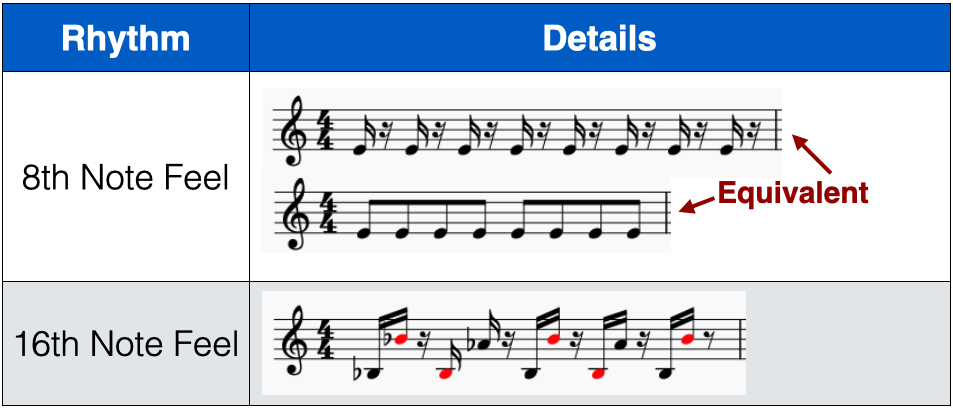Jazz & Funk History
This lesson will be about Funk Piano, but first let’s cover a little bit of history. Jazz arose out of Blues in the early 20th century. As Blues music changed and evolved into new genres during the 20th century, Jazz invariably evolved with it. We have already discussed how Hard bop and Soul Jazz evolved out of Rhythm ‘n’ Blues and Soul in the 1950’s and 60’s. So when Soul music evolved into Funk, this inevitably influenced Jazz as well. For this reason it is worth talking a little bit about Funk.

Funk arose in the 1960’s and 70’s out of Soul. Specifically, it took Soul music and made it more intense, energetic, aggressive, and rhythmic. Elements of this new style of music (especially the rhythm) were adopted by Jazz musicians and influenced the creation of the following Jazz subgenres:
- Jazz Fusion
- Jazz Funk
- Free Funk
Below are a selection of albums from each of the above subgenres.

Elements of Funk
Below is a quick overview of the key elements of Funk music.
| Element | Details |
|---|---|
| Harmony | - Complex, extended chords (9ths, 11ths, 13ths) - Simple progressions (often only 1-2 chords) - Set up groove by vamping chords - Use of chromaticism (e.g. side slipping, chromatic passing notes) - Often uses Dorian and Mixolydian modes |
| Melody | - Generally a melodically (i.e. pitch) simple but rhythmically complex melody - Use of improvisation - Strong bassline which is the foundation of each song |
| Form | - Open form - where singer/improviser would indicate when to move to next section |
| Rhythm | - Most important element of Funk music - Use of slower tempo - Use of 16th note feel - Use of backbeat (snare drum on beats 2 & 4) - Emphasis on ‘The One’ (kick and/or cymbal crash on beat 1 of every bar or every second bar) - Strong ‘downbeat’ feel - Use of syncopation (playing off the beat) |
Funk Piano
So to play Funk on piano you should do the following:
- Your Left Hand should play a strong, driving bassline that:
- Accents and emphasises the root note on beat 1 of each bar (or every 2nd bar)
- Uses a 16th note feel (see below)
- Uses syncopation
- Your Right Hand should play chords/melody/improv that:
- Uses a 16th note feel (see below)
- Uses syncopation
However, not all 16th notes are created equal. To create a 16th note feel you do not need to play 4 notes per beat. Because the 1st and 3rd 16th note of each beat land where 8th notes are played, they do not contribute much to a 16th note feel. The 2nd and 4th 16th notes are much more important in this respect.

As briefly mentioned above, Jazz musicians adopted this new and innovative rhythm (i.e. 16th note feel + accent on ‘The One’) and applied it to Jazz to create the aforementioned Jazz subgenres.
For an example of this check out the video below (where I play a funk version of the song Sunny) and the associated sheet music located here.